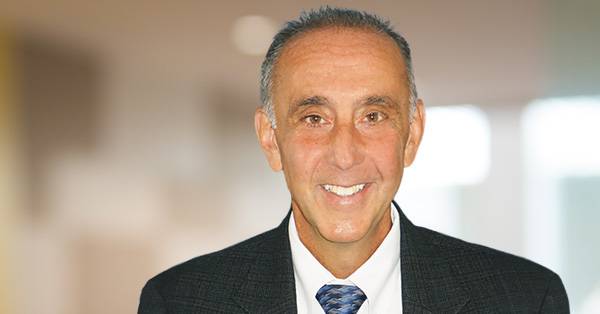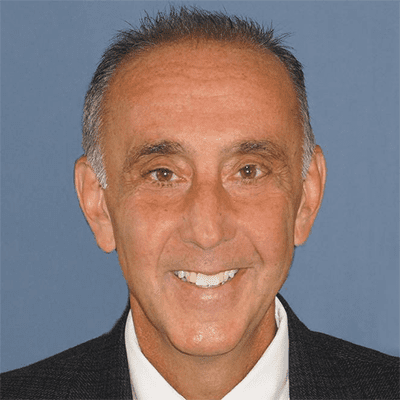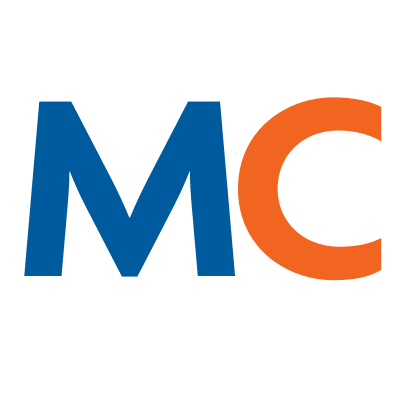- Solutions
- Solutions
- Home Health
- Hospice
- Life Plan Community
- Palliative Care
- Private Duty
- Senior Living
- Skilled Nursing
- Skilled Nursing
- Skilled Nursing Software
- Advanced Insights
- Customer relationship management
- Data and analytics
- Financial & operations management
- Marketing
- Nutrition management
- Referral management
- Regulatory compliance
- Retail management
- Resident engagement
- Revenue cycle management
- Skilled nursing interoperability
- Partners
- Blogs
- Resources
- About
- User Conference

The role of behavioral health in value-based care
We know mental and physical health are interconnected. Years ago, we looked at items like blood pressure and other physical assessment results to determine a person’s health. But now we realize the importance of holistically evaluating each resident to make sure we’re engaging and treating their mind and body to support successful outcomes.
This is important in any value-based care model. When residents are truly engaged in their care, it helps improve outcomes. Conversely, if a resident has untreated or undertreated behavioral or mental health challenges, they may not report critical symptoms, engage with others, or follow recommendations for exercise or taking medications as prescribed, which can worsen their condition.
As providers, we need to look at how we leverage behavioral health services when need to make sure residents are mentally optimized to engage in their care. This is especially important under value-based care, because ensuring residents’ mental health ultimately leads to better care at lower costs.
Value-based care areas of focus
From a behavioral health aspect, we know that the use of psychoactive drugs with senior populations is closely monitored from a quality-of-care perspective. These quality metrics can impact 5 star measures potentially impacting reimbursements in a fee-for-value world. These drugs can be great in the right dosage at the right time for some patients, but they can also be detrimental. It’s important to weigh the risks versus the benefits, as well as potential interactions with other prescriptions. For that, mental health and behavioral health specialists need to be involved.
And of course, medications aren’t always the right approach. For the patient, we need to look at the root cause for any behaviors and address those before we layer on medications. Thorough assessments should be conducted to obtain patient clinical status and preferences. Armed with this information, the clinical team should look for what they can treat using non-pharmacologic approaches. This might mean making sure residents are involved in activities that are meaningful or having access to different options such as pet therapy or music therapy. The key is supplying the right intervention at the right time, which leads to better outcomes and a better experience for your residents, their families, and your staff.
I think it’s important to note that when the right behavioral health strategies are used and outcomes improve, this also has a positive effect on your staff. If they have all the tools and therapies available to care for residents appropriately and they see good outcomes, it can improve staff satisfaction and retention, which is something all post-acute providers are keenly interested in.
Technology that supports behavioral health
One place where we see gaps in support for mental health is in rural areas. Too often, providers and health systems have limited resources to address these needs. The advent of telehealth and other remote modalities offers a better opportunity to get mental and behavioral health specialists involved so residents have the care and support they need.
We know that depression in seniors is higher than the average population, but too often it goes undetected, and therefore, untreated. Sometimes depression is situational or temporary. But if it’s chronic, untreated depression can cause a cascade of decline in the resident: the diabetic may stop exercising or monitoring diet as prescribed or the heart failure patient might not weigh as prescribed for proactive care, leading to unintended outcomes.
But now there are tools that can identify and track sub-clinical events that clinicians might not pick up on that can assess whether a resident might be at risk for depression or at early stages in its development. Without having to scan pages of records or data, clinicians can see early signs of depression and intervene as needed, which not only helps reduce the suffering caused by depression, but can also keep other health conditions from worsening.
Another behavioral concern for seniors is isolation. For example, especially in independent or assisted living facilities, if residents aren’t in touch with family members or having the usual number of visitors, that might be a sign that caregivers need to touch base. New ambient sensing technologies can alert clinicians if monitors detect changes in a baseline amount of movement, such as whether a resident has visitors or gets out of the room to go to dinner—all without creating extra burdens on staff. This provides insights into the level of social contact residents are having to help avoid loneliness, because we know social connections and interactions are key to good health outcomes.
New tools also make it easier for residents to keep in touch with family members—another factor in maintaining good mental health. Often, family members don’t live in the same town or have other obligations that make it difficult to spend time with their loved one. But one lesson we learned during COVID was that conversations and connections using online tools can make a real difference, not only for a resident’s mental health, but also from a clinical perspective, keeping family members engaged in their loved one’s health journey.
When family members can help monitor medication usage or add key insights and background about a resident that only they might know or notice—for example, observations about changes in behavior that might signal the need for additional attention—it helps keep residents happy and safe, while also giving clinicians information that lets them take action sooner. This all supports value-based care tenets of keeping residents satisfied, operating as efficiently as possible and improving health outcomes.
Technology that supports mental and behavioral health is an important part of success under value-based care. Having a holistic view of each resident so clinicians can provide care in the best way possible is better for the residents, the clinicians, and better for the healthcare system in general. It’s 100% a win-win scenario.
Request a demo today for a closer look at MatrixCare.
Allison Rainey
As our Head of Nursing and Clinical Informatics, Allison Rainey oversees the deployment of clinical technologies. As a Registered Nurse and License Family Practitioner, Allison drives a caregiver-first approach in our products, collaborating closely with product leaders to ensures our products and services prioritize the needs and challenges faced by healthcare providers. By aligning workflows, designs, and overall product strategy, Allison strives to offer the most user-friendly, clinically superior, and efficient suite of comprehensive solutions in the industry. Allison brings extensive post-acute care experience from her 20-year tenure at NHC, one the largest publicly traded Senior Care providers in the U.S. She is a seasoned leader in population health management strategy, clinical reporting and analytics development, and inpatient hospital care. In her most recent role as AVP of Clinical Information Technology, she oversaw the deployment and utilization of various clinical technologies, including the MatrixCare EHR, across the extensive NHC network. Allison holds a Bachelor’s and a Master’s in Nursing from the University of Tennessee.
Related Posts

See MatrixCare in action
Start by having a call with one of our experts to see our platform in action.
MatrixCare offers industry-leading software solutions. Thousands of facility-based and home-based care organizations trust us to help them improve efficiency and provide exceptional care.
© 2025 MatrixCare is a registered trademark of MatrixCare. All rights reserved.






